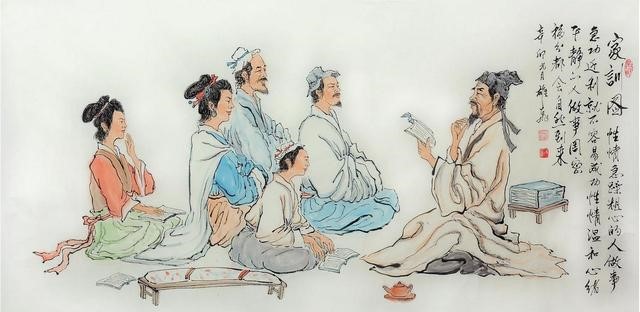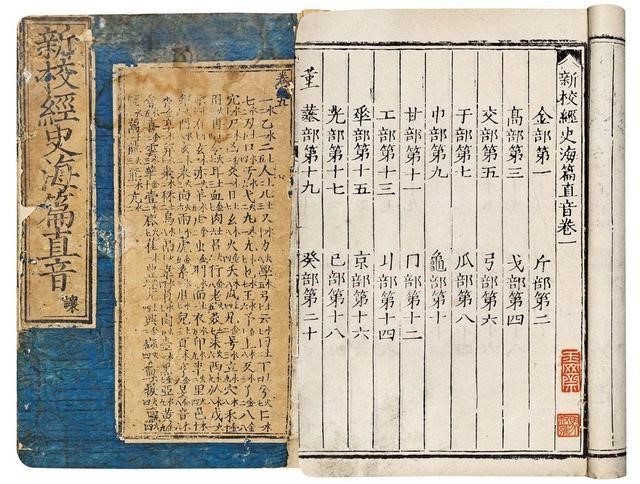How did the ancients learn Chinese characters with pinyin?
When we learned Chinese characters as children, we first learned the Chinese Pinyin of "a, O and E". After learning Pinyin, we began to learn to recognize Chinese characters. When we learn pinyin, even if we encounter words we don't know, we can learn by looking up the dictionary without the help of teachers.

In ancient times, the Chinese people did not have the current Chinese pinyin. When they learned to recognize Chinese characters, they could only read and learn after the teacher. But there are thousands of Chinese characters, and what teachers can teach is also very limited. When you see unknown characters and no one teaches them, you will be blind immediately. In order to overcome this disadvantage, so that people can recognize Chinese characters they don't know when they study alone, they began to form the earliest phonetic method - straight sound.

The earliest Chinese Dictionary
Straight sound is to use homophonic words to phoneticize. For example, "Gu" notes "Gu" and "Xu" notes "Xu". How to read a homonym, how to read this word. It should be noted that the straight tone here is different from the "common and false words" we encounter when learning ancient Chinese. The key of common and false words lies in "false", that is, the Chinese characters used in the original text are wrong words. Future generations will not correct them out of respect for the author, but make remarks on the correct words.
Although orthographic characters are convenient to use, what if people don't know the characters used for phonetic notation? For example, if a person who has just learned Chinese characters does not know "Xu" or "Xu", then the direct sound will have no effect on his learning Chinese characters.
When people found the deficiency of straight tone, a method closer to Pinyin appeared, that is reverse tangent.
The basic rule of reverse cutting is to spell two Chinese characters to phoneticize a word, cut the word to take the initial consonant, and cut the word to take the vowel and tone. For example, "Gong": ancient song cut, take the initial "g" of "Gu", take the vowel and tone "Ling ng" of "song", and then get the pronunciation "g Ling" of "Gong".

Does it feel like learning Pinyin in primary and secondary schools? Since the Han Dynasty, through the supplement and improvement of all dynasties, the reverse tangent method has become the most popular phonetic method in ancient China, and formed a set of systematic learning and use methods. Take the previous "Gong" as an example. Although the pronunciation of "song", "CHANT" and "send" are exactly the same, in the reverse cutting method, "Gong" is only an ancient send cut, and each initial and vowel has its corresponding word. Therefore, as long as we learn the words corresponding to each initial and vowel, we can use inverse tangent to learn other strange words.
In order to learn Chinese characters more conveniently, the ancients also made an inverse tangent chart similar to Xinhua dictionary by using the inverse tangent method. For example, the "cut rhyme finger palm map" of the Song Dynasty divides Chinese characters into 36 vowels, 206 rhymes and 4 tones, and forms 12 pictures according to certain rules. If you encounter words that you can't read, you can directly look up the table.

"Cut rhyme palm painting"